Enthralling and enduring, Scandinavian furniture connects with those who prize simplicity, functionality, and beautifully crafted natural materials. This unique design aesthetic has its roots in the ethos, environment, and cultural nuances of the Nordic countries. From the late 19th century, this furniture design philosophy has elegantly evolved, reflecting the intrinsic pragmatism and elegant minimalism of the Nordic lifestyle. This piece encapsulates the journey of Scandinavian furniture design, the quintessential elements that define it, notable designers who have weaved their magic into timeless pieces, and valuable insights for those looking to acquire and maintain these wonderful examples of design ingenuity.
The History and Evolution of Scandinavian Furniture
Origins and Historical Development
Scandinavian furniture emerged in the late 19th and early 20th century, primarily in the five northern European countries of Denmark, Finland, Iceland, Norway, and Sweden collectively known as Scandinavia. This design period, also known as the Scandinavian Design Movement, was fueled by a desire to improve the daily lives of the many via functionality and affordability. The primary material used in the early days was timber, sourced locally due to the extensive forest cover in these countries. Traditional craftsmanship merged with modern industrial production techniques resulted in furniture that was not only functional and affordable but also aesthetically pleasing.
Influence of Nordic Climate and Lifestyle
The harsh Nordic climate greatly influenced Scandinavian furniture design. Long, cold winters and short summers meant people spent a significant amount of time indoors. Therefore, interior spaces were designed to be practical yet cozy and welcoming. Light colors were favored to maximize the scarce sunlight. Scandinavian homes also needed to be warm and comfortable, influencing the use of wood, a material known for its warmth and sturdiness. The Nordic lifestyle, marked by simplicity, functionality, and a close connection to nature, was mirrored in the design of their furniture.
Evolution of Scandinavian Furniture
As the decades rolled on, Scandinavian furniture continued to evolve while staying true to its core principles of functionality, simplicity, and craftsmanship. Mid 20th century saw the emergence of modernist ideas in Scandinavian furniture. Designers started to experiment with minimalist aesthetic and new materials like steel, glass, and plastics.
Despite this evolution, Scandinavian furniture of this period still maintained its customary light colors, organic forms, and emphasis on comfort. The 21st century has seen further evolution with the introduction of sustainable materials and eco-friendly practices in response to global sustainability concerns.
Scandinavian Furniture: Iconic Designs and Their Impact
Scandinavian furniture design has churned out several pieces that have stood the test of time, becoming renowned for their innovative designs and global popularity. For instance, Arne Jacobsen’s “Egg Chair” which blends comfort, privacy, and modern design is a flagship example. Alvar Aalto’s “Paimio Chair” also left a mark in the design world with its unique form-bent plywood design, a precedent much ahead of Charles Eames’s similar work in America.
Noboru Nakamura’s “Poäng” armchair, brought to the public by Ikea, is an epitome of affordable Scandinavian design, cherished for its comfort, aesthetic appeal, and budget-friendly nature. In terms of more contemporary designs, Louise Campbell’s “Prince Chair” stands out with its clever blend of traditional and modern elements, highlighting the ongoing ingenuity in Scandinavian furniture design.
What sets Scandinavian furniture design apart is its steadfastness to its core principles: functionality, simplicity, and respect for materials, all the while flexibly adapting to evolving worldwide design and fashion trends without losing its distinctive style. This feature gives it the timeless charm it is acclaimed for.
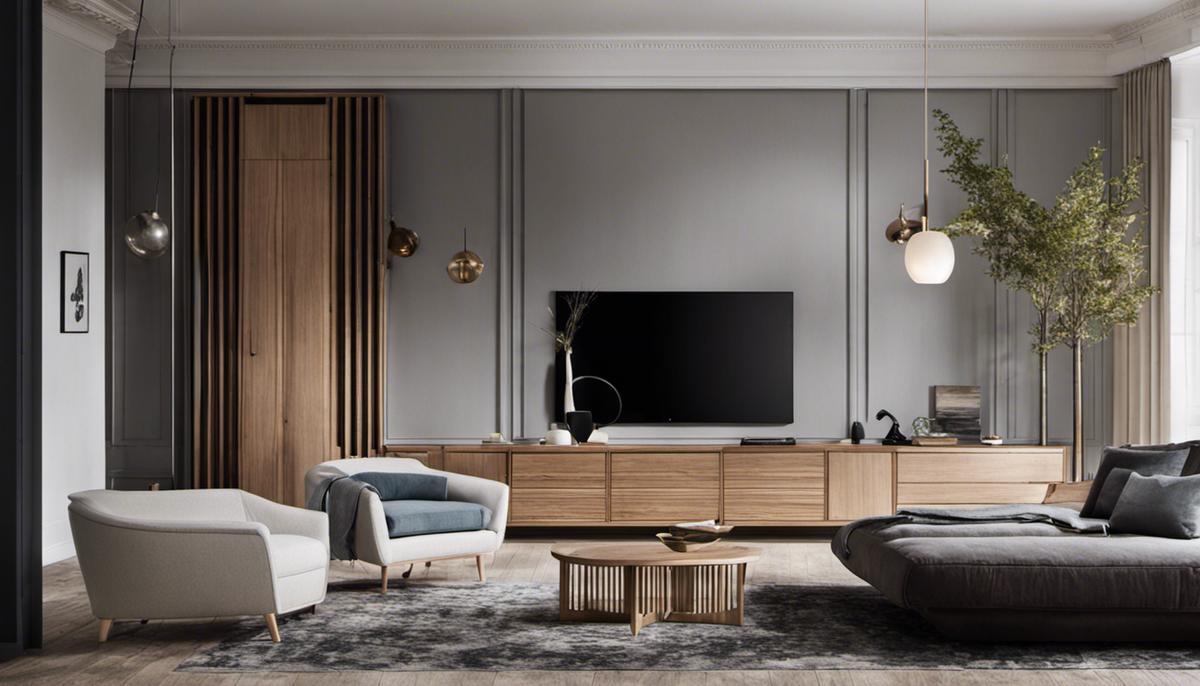
Key Elements and Design Principles of Scandinavian Furniture
The Minimalist Approach in Scandinavian Furniture
Scandinavian furniture design is rooted in the principle of minimalism, focusing on crisp lines, unadorned patterns, and pared-down designs. These furnishings are designed to highlight only the essential elements, removing unnecessary clutter and extravagant dwelling on details. The designs are sleek, favoring functional appeal over decorous excess. For example, a rectangular table in Scandinavian design is not simply a shape but every part is designed with a function, eliminating needless embellishments. A prime example of this minimalist aesthetic is the CH24 Wishbone Chair by Hans Wegner, whose straightforward, functional design is a stellar example of how form and function can synchronize seamlessly.
Functionality Above All
In addition to minimalism, functionality is a prime characteristic of Scandinavian furniture design. Nordic designers firmly believe that every piece of furniture should be as practical as it is aesthetically pleasing. This emphasis on utility and comfort contributes to the lasting popularity of Scandinavian design. Furniture pieces are meant to enhance the lifestyle of the user, improving their everyday living space. Notable examples are the Poul Henningsen’s PH5 pendant lamp, which channels light both upward and downward, or Ingvar Kamprad’s flat-pack furniture designs for IKEA that addresses ease of transport and assembly.
Natural Materials in Scandinavian Furniture
Natural materials, in particular wood, are a cornerstone of Scandinavian design. Designers prefer native woods like beech, ash, and pine, adorned by their natural colors to highlight their authenticity. But it’s not just about wood: Scandinavian furniture also incorporates other natural materials like leather, clay, wool, and stone to complement the wooden elements. Natural light is similarly valued and enhances the overall look. For instance, the famous Eero Saarinen’s Tulip Table showcases a sleek wooden top resting upon a sturdy base made of another natural material, marble.
Influence on Global Furniture Design
Scandinavian design principles of minimalism and functionality have permeated furniture design worldwide. International brands like IKEA champion such Scandinavian design ethos and have brought it to the global foreground. Lovers of minimalism in North America, Asia, and other parts of Europe have thoroughly embraced Scandinavian designers’ propensity to merge simplicity and function. Scandinavian design’s emphasis on exceptional design tied to everyday functionality continues to garner global appeal.
Embracing Sustainability Through Scandinavian Furniture
Scandinavian design is intriguingly inclined towards sustainable principles. The commitment to using natural, durable materials and designing timeless pieces has positioned Scandinavian furniture as an antidote to today’s ‘fast furniture’ trend. This preference for quality over quantity, creating furniture that lasts not just for a decade but for generations, reflects the Scandinavian ethos of sustainability. Iconic pieces, crafted with such long-lasting designs, are frequently treasured as heirlooms, passed down through generations, capturing the essence of durability and sustainability.
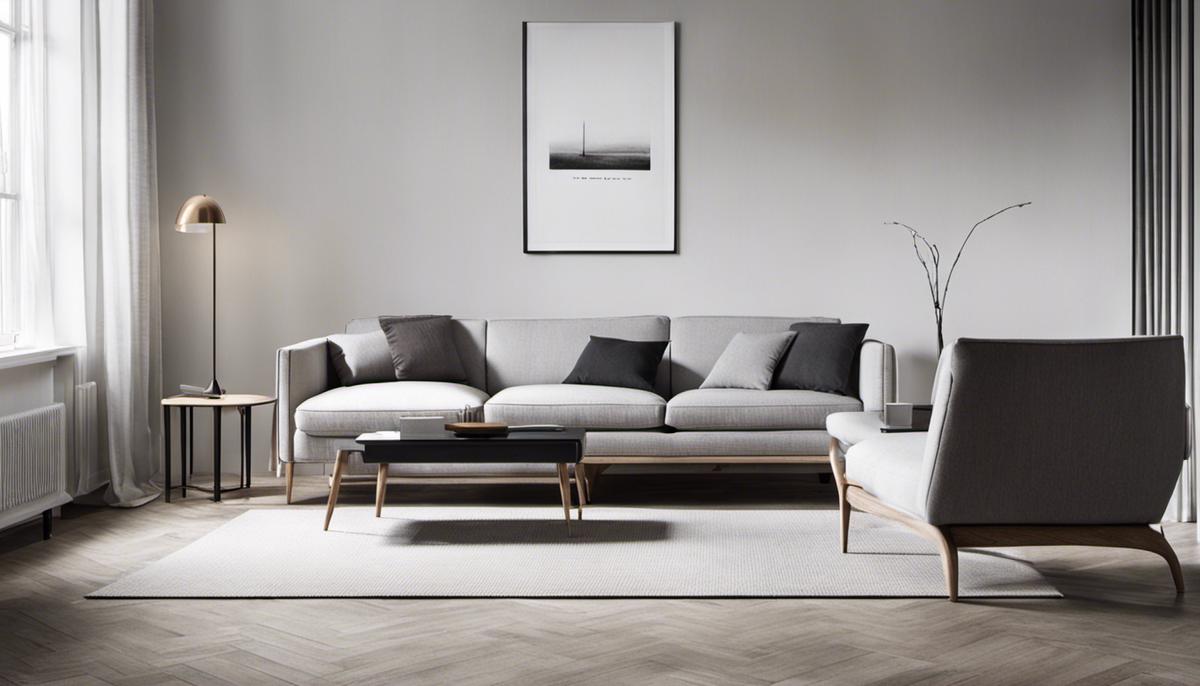
Major Scandinavian Furniture Designers and Their Impact
Alvar Aalto: A Phenomenon in Scandinavian Furniture Design
Finnish architect and designer Alvar Aalto is not just a name but a phenomenon in the realm of Scandinavian furniture design. His contributions to the world of design, characterized by functionality and simplicity, have been transformational. Aalto’s signature use of bent plywood and tubular steel immortalized his designs. The Paimio Chair, designed for the Paimio Sanatorium in Finland, is one of his most revered creations. This chair gracefully combines aesthetic appeal with practical benefits, helping tuberculosis patients maintain good posture for easy breathing. Aalto’s innovative furniture design was far ahead of its time and continues to be a significant influence in the realm of Scandinavian design.
Contributions of Arne Jacobsen to Scandinavian Furniture Design
Arne Jacobsen, a Danish architect and designer, is another key figure in the Scandinavian furniture design movement. He is appreciated globally for his innovative and minimalist designs. His iconic Egg Chair and Swan chair represent the epitome of Danish Modern style, offering an unprecedented blend of form, function, and comfort. These chairs have smooth curves and an innovative construction, showcasing Jacobsen’s keen understanding of materials. His works have continued to inspire contemporary furniture designers and remain timeless, highly sought-after pieces.
Eero Saarinen’s Impact on Scandinavian Furniture Design
Contributing to the global appeal of Scandinavian furniture design, Eero Saarinen, a Finnish-American architect and designer, is most known for his simple and streamlined designs. Saarinen’s ability to transform an everyday piece of furniture into a sculptural silhouette is evident in his most famous piece, the Tulip Chair. With its distinctive pedestal base, the chair broke away from the tradition of four-legged seating, and has since become an ageless symbol of mid-century modernism. Saarine’s works showcase the Nordic ethos of prioritizing functionality without compromising aesthetic appeal.
Emerging Scandinavian Furniture Designers
Modern Scandinavian furniture designers continue to explore and reinterpret the classic Scandinavian style. Swedish designer Monica Förster is renowned for her innovative yet simple creations that show off Scandinavian design’s exceptional appeal and quality. Her imaginative approach results in elegant and functional designs that, while contemporary, carry the timelessness of Scandinavian tradition.
Norwegian designers Torbjørn Anderssen and Espen Voll, founders of the design studio Anderssen & Voll, have also drawn global attention with their works that redefine Scandinavian aesthetics. Their designs combine functionality with an evocative and emotive approach, bridging the gap between commercial design and gallery exhibitions, and breathing fresh air into the staid Scandinavian design landscape.
The Continuing Influence of Scandinavian Furniture Design
Modern creators, with their groundbreaking depictions of traditional Scandinavian style, demonstrate a compelling fact – Scandinavian furniture design, deeply rooted in history, is ceaselessly evolving and inspiring worldwide. This unending influence further strengthens its emblematic presence in the realm of interior design.
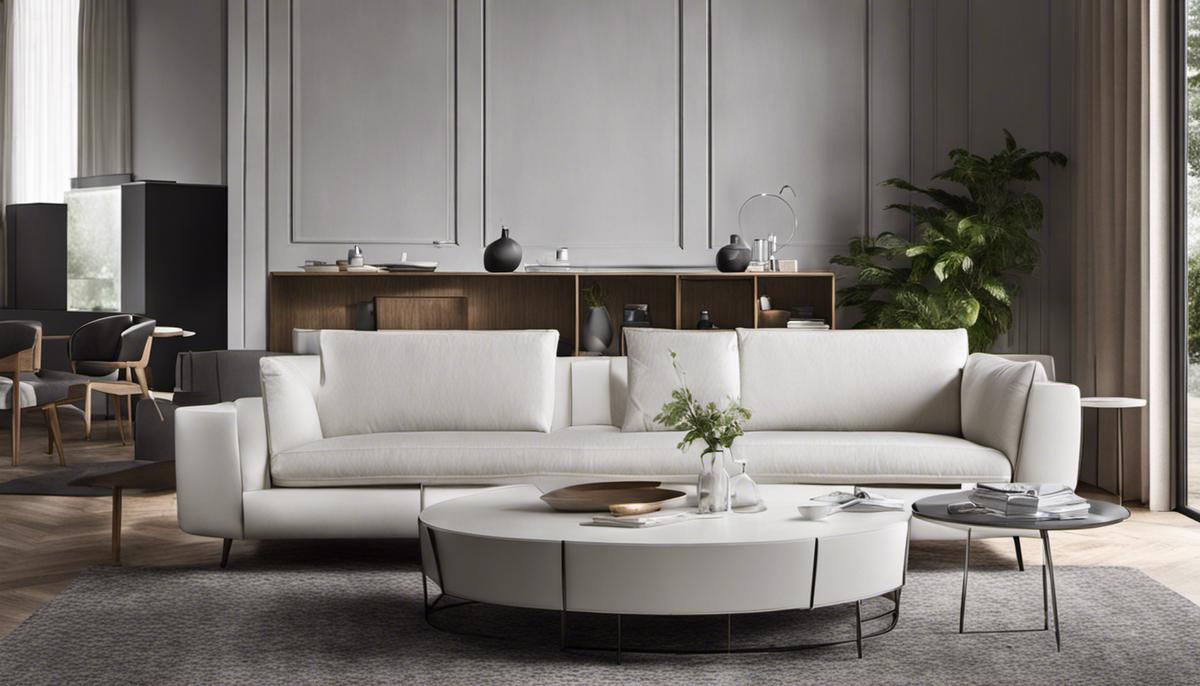
Buying and Maintaining Scandinavian Furniture
Recognizing High-Quality Scandinavian Furniture
When you think about investing in Scandinavian furniture, one of the main aspects to examine is quality. There are certain features that can help identify a superior piece from an average one. Scandinavian furniture is characterized by simplicity, and clean lines. Details such as smoothed edges, the use of natural materials, like wood, and a sense of minimalism are prevalent. Typically, the color scheme is neutral, though bright colors are occasionally introduced as distinct accents. High-quality pieces are rarely painted, keeping the inherent charm of the natural wood finish intact.
When you’re evaluating a potential acquisition, look for robust, well-constructed furniture. Assess how the parts are joined together – excellent quality items will often feature dovetail or mortise and tenon joints. The degree of craftsmanship should be impeccable, with a keen attention given to the smallest details. For example, the interior of drawers should be neatly executed, devoid of any splintered or rough patches.
Where to Buy Scandinavian Furniture
Scandinavian furniture can be bought from numerous avenues, both physical stores and online. Renowned companies such as IKEA, Danish Design Store, and Huset offer a wide variety of Scandinavian-style pieces. Besides, specialty boutique stores spread across the globe provide higher-end selections for those seeking rare or bespoke items. Online platforms such as eBay, Etsy, and Amazon also provide an extensive array of options together with customer reviews that can guide purchasing decisions.
Price Range
The pricing of Scandinavian furniture varies widely, primarily depending on the features, material used, brand, stores, and inclusivity of the piece. For example, an IKEA coffee table may cost around $50, whereas a designer dining set from a high-end specialty store may run into thousands of dollars. It’s essential to carefully consider your budget and research prices from different stores before making a purchase.
Caring for Scandinavian Furniture
Scandinavian furniture, like any other, requires proper care to retain its charming qualities. Regular dusting is necessary to prevent an accumulation of dust and dirt, which can scratch and dull the furniture’s finish. Use a damp cloth for regular cleaning and avoid chemical-based cleaners as they may damage the furniture. For tougher stains, consider using soap mixed with warm water.
Oil treatments are also recommended, particularly for teak furniture, to help keep the piece looking fresh and to seal it from damage. Always remember to treat the furniture as per the manufacturer’s instructions to prolong its life and maintain its value.
Integrating Scandinavian Furniture into Decor
Versatility is another admirable quality of Scandinavian furniture; it meshes perfectly with a variety of interior décor styles. Its aesthetic is commonly characterized by a minimalist and functional design, suitable for blending into small space settings. It harmonizes well in modern, contemporary, traditional, and even eclectic setups. Its neutral color palette is ideal for maintaining a clean and airy feel, adding a sense of calm to any room. For a pop of color, consider adding vibrant-colored accessories such as pillows or rugs. Layering with contrasting textures, such as a shaggy rug or a knitted throw, can add warmth and interest.
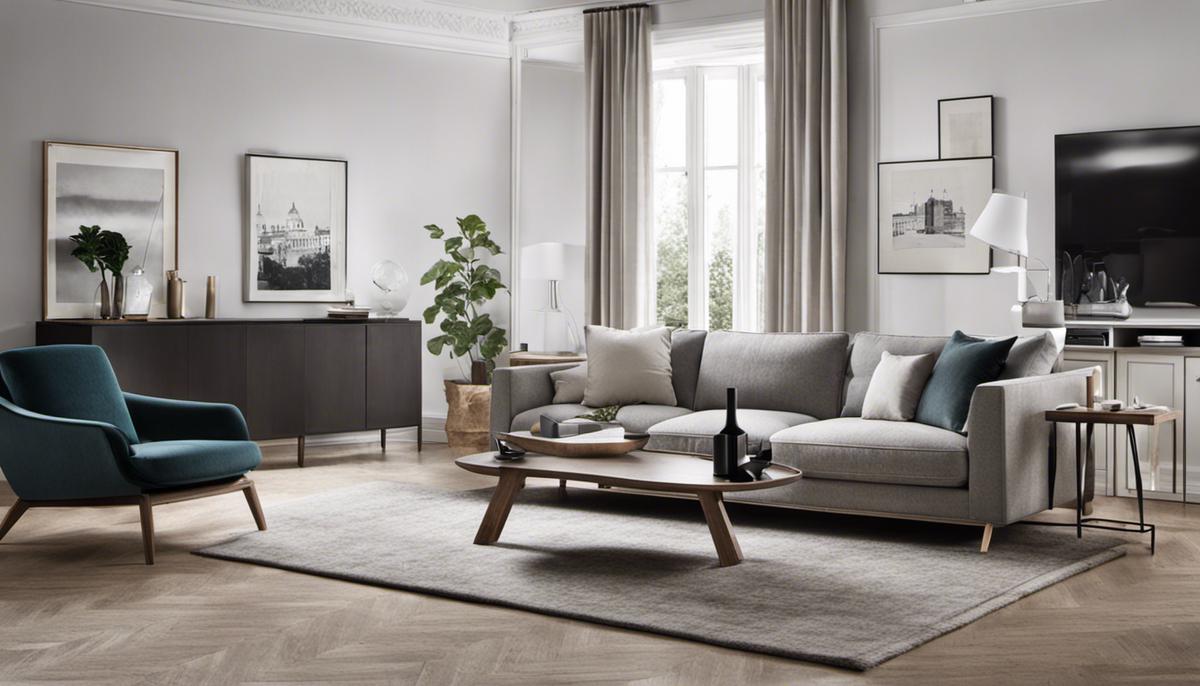
Indeed, Scandinavian furniture design with its sanctity of form, function and simplicity continues to be a major influencer in the contemporary design scene. The powerful narratives crafted by designers of the past, coupled with fresh dialogues opened by modern designers, ensure that the influence of Scandinavian design persists. Whether you’re buying your first piece or curating a collection, understanding the wisdom and artistry imbedded in every piece of Scandinavian furniture will assist in making wise choices. Coupled with insightful knowledge on maintenance, you can ensure your pieces age graciously, retaining their charm and value. Keep exploring, keep learning, and fill your living spaces with the timeless elegance of Scandinavian design.

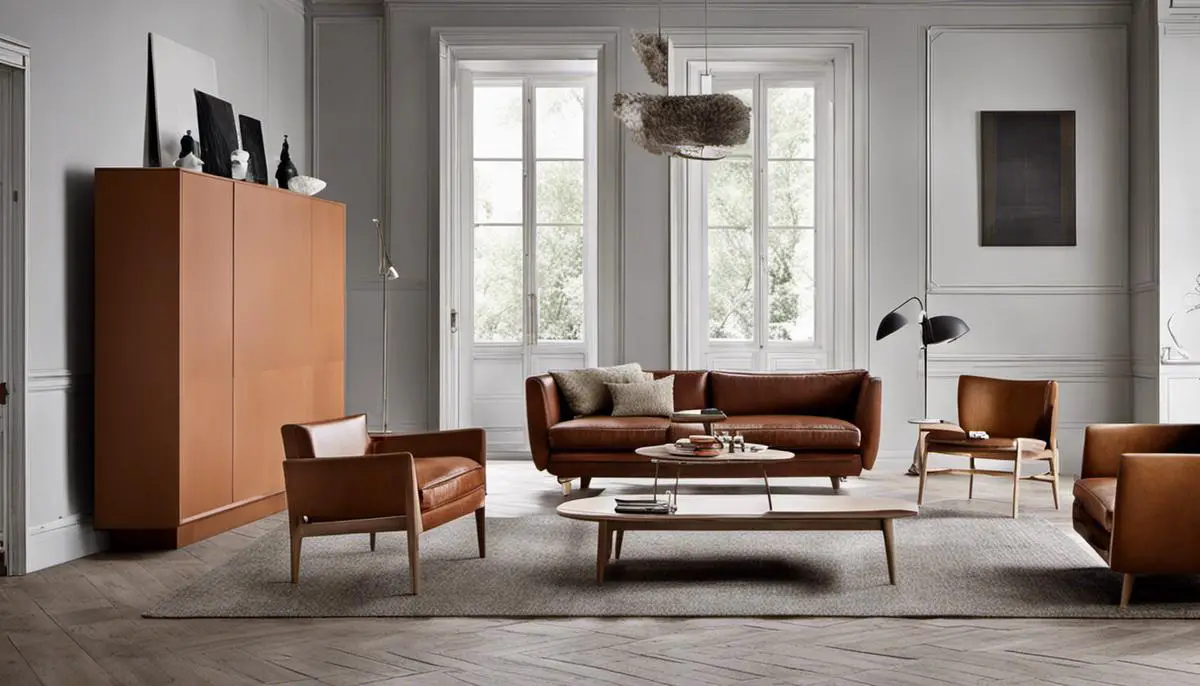


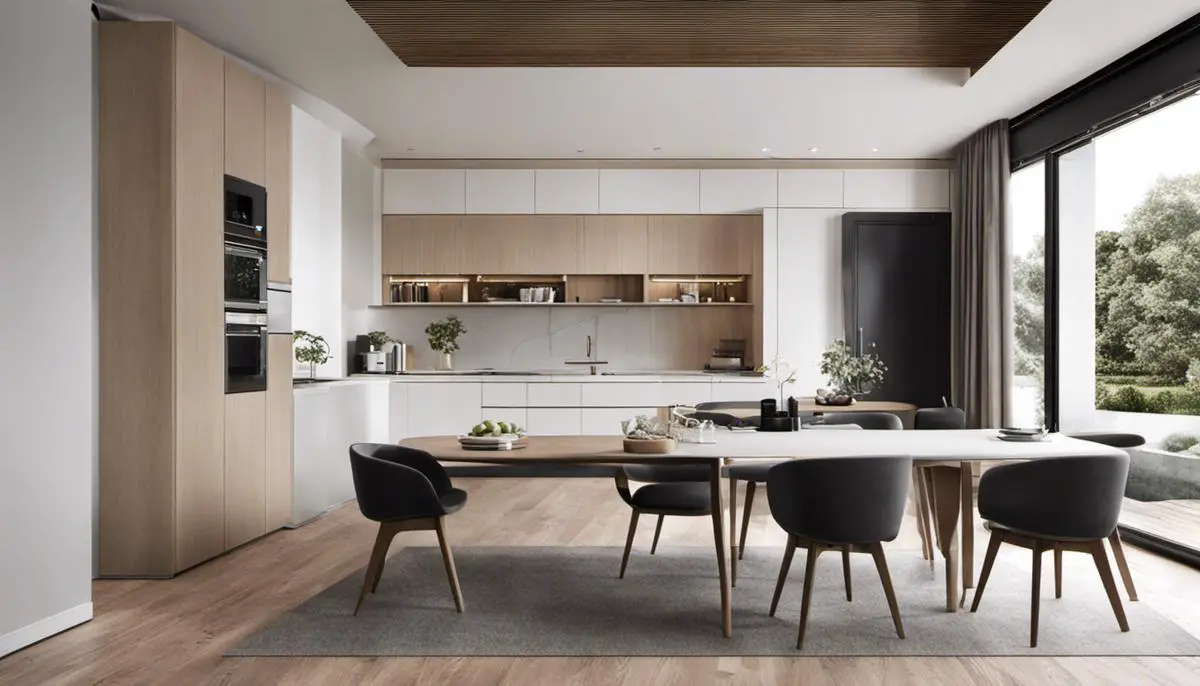
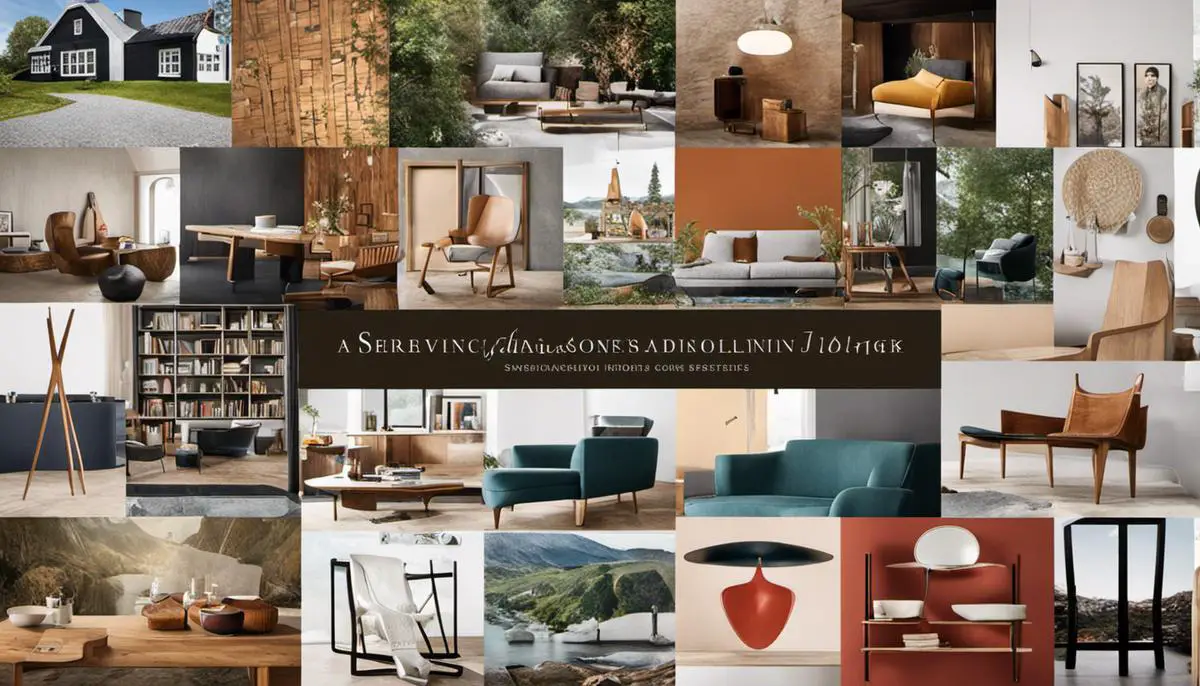
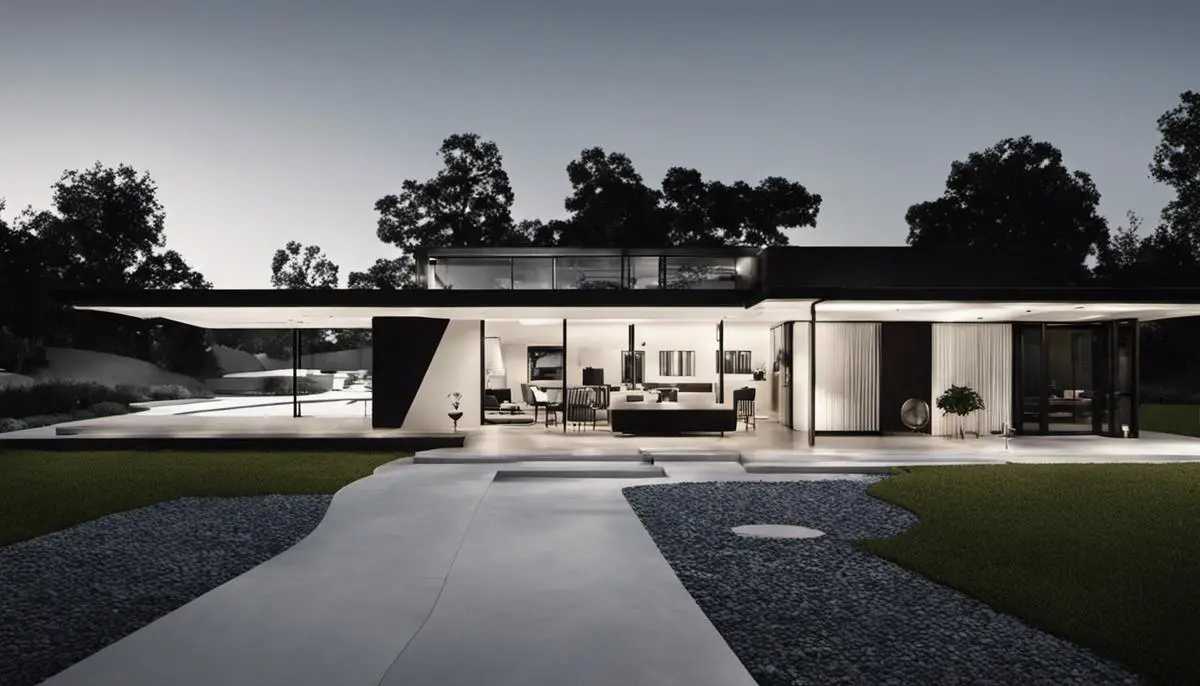
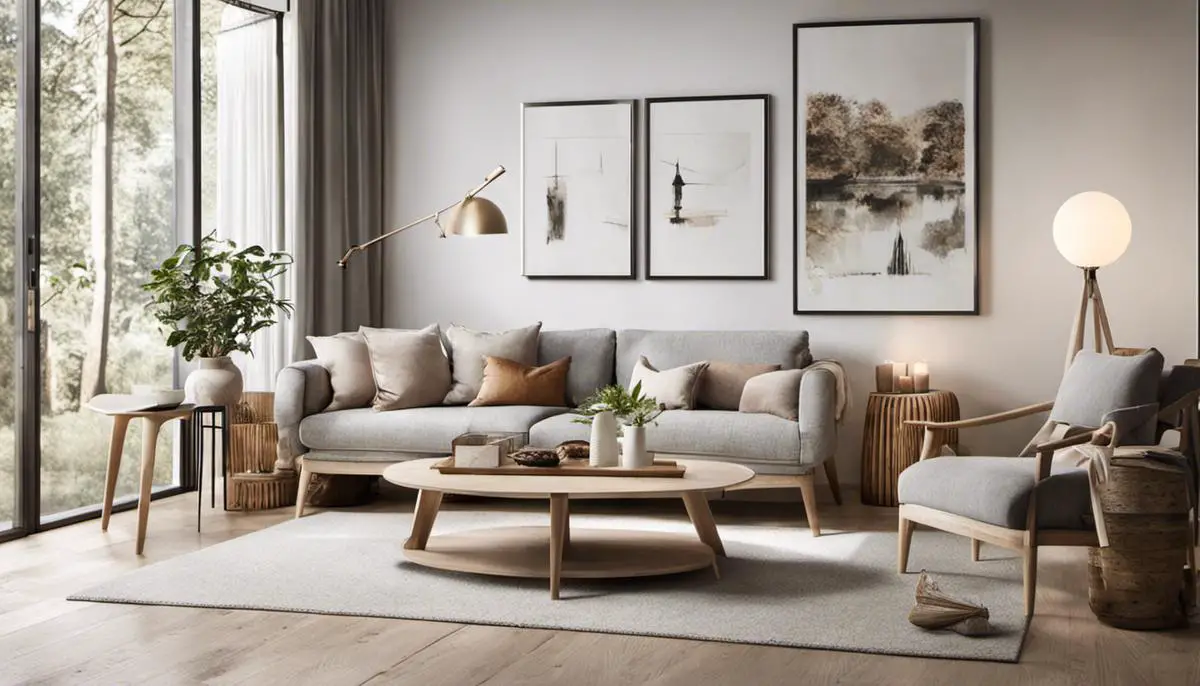
Leave a Reply